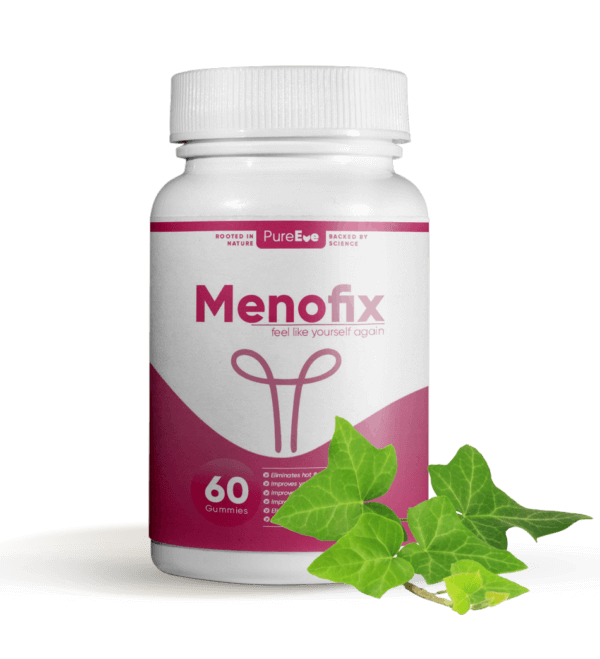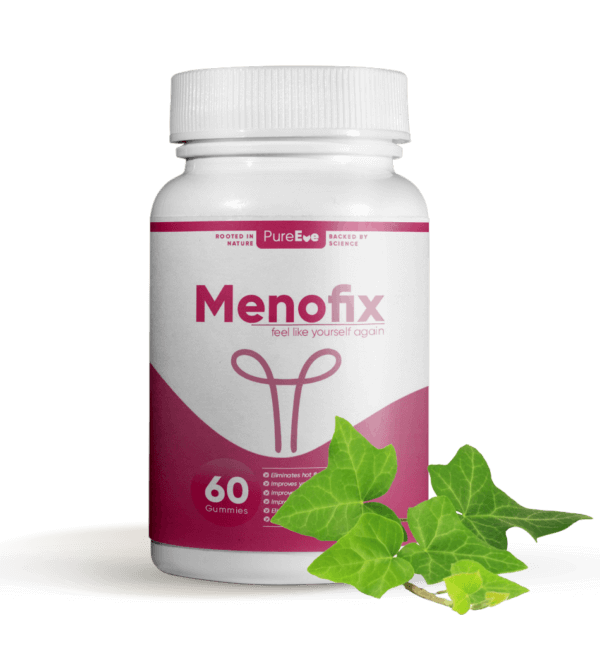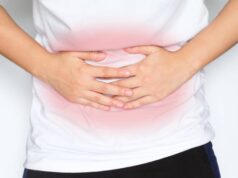One of the most common complaints among women going through perimenopause or “menopause belly”.
Even women who have never struggled with belly fat before suddenly notice a thicker waistline, a rounder stomach, and clothes fitting differently.
This type of weight gain is often called menopause belly, and while it’s common, you can manage it.
Let’s explore the real causes behind it and what women in Nigeria (and anywhere else) can do to reduce it naturally and safely.
What Causes Menopause Belly?
Menopause belly isn’t about overeating or inactivity alone. It’s not just about age either. It’s hormonal and understanding what’s happening inside the body is the first step to dealing with it properly.
1. Hormonal Shifts
The main reason behind menopause belly is the decline in estrogen, a key hormone that begins to drop as women approach menopause.
Estrogen plays a role in fat distribution. Before menopause, it helps the body store fat in the hips and thighs.
As levels fall, the body begins to store more fat in the abdominal area instead.
The truth about menopause and the shift it brings is beyond cosmetic effect. Belly fat, especially visceral fat that surrounds the internal organs is linked to an increased risk of health conditions like heart disease, insulin resistance, and type 2 diabetes.
2. Slower Metabolism
Another factor is the natural slowing of metabolism with age. As you grow older, your body burns fewer calories at rest.
Muscle mass also declines, which means the body becomes less efficient at burning fat overall. If your eating habits don’t change to match this slower metabolism, the excess energy gets stored often around the stomach.
3. Stress and Cortisol
Stress is another hidden contributor to the menopause belly. When stress levels are high, your body produces more cortisol, a hormone that can lead to fat accumulation in the belly.
Whether it’s financial pressure, family responsibilities, or work-related stress, many women in their 40s and 50s live under chronic low-grade stress that keeps cortisol elevated.
Why It’s More Than Just a Cosmetic Issue
Menopause belly isn’t just about how clothes fit or what you see in the mirror.
The buildup of visceral fat (the kind stored deep inside the abdominal cavity) is more dangerous than fat stored elsewhere.
It’s linked to serious health issues including:
- High blood pressure
- Elevated blood sugar
- High cholesterol
- Inflammation
- Increased risk of stroke and heart attack
What to Eat (And Avoid) to Reduce Menopause Belly
Reducing belly fat at this stage of life isn’t merely about achieving a flat stomach. It has a lot to do with lowering health risks plus improving how your body functions.
Focus on Fiber-Rich, Whole Foods
High-fiber foods support digestion, control blood sugar levels, and help you feel full for longer.
Add more vegetables, legumes, whole grains, and fruits like pawpaw, oranges, and berries to your diet. These keep insulin in check, which is important because elevated insulin can lead to more fat storage.
Add Protein to Every Meal
Protein helps maintain muscle mass and keeps metabolism more stable. It also supports appetite control. Include sources like eggs, beans, chicken, fish, and Greek yogurt in your meals. A serving of protein especially in the typical high-carb Nigerian meal helps prevent overeating and supports fat loss.
Eat Healthy Fats
Not all fat is bad. Healthy fats like those from avocados, groundnuts, olive oil, and fatty fish support hormone health and help you absorb fat-soluble vitamins. Just be mindful of quantity, since fat is calorie-dense.
Cut Back on Refined Carbs and Sugar
White rice, white bread, sugary drinks, and sweet snacks spike your blood sugar and increase belly fat. Replace these with brown rice, oats, unripe plantain, and sweet potatoes when possible.
Also Read: When Does Menopause Start for Women in Nigeria
The Right Type of Exercise Makes a Big Difference
Muscle mass declines with age, which slows metabolism. The right kind of physical activity can go a long way. Here are some examples for you.
Strength Training
Strength training which includes using your own body weight or external weights can help rebuild muscle, burn fat more efficiently, and reduce waist size. Aim for 2 to 3 sessions per week focusing on major muscle groups.
Walking and Low-Impact Cardio
Cardio exercise like brisk walking helps burn calories and reduce visceral fat. A 30-minute walk, five days a week, especially after meals, can significantly improve blood sugar and fat metabolism.
Core Stability Exercises
Exercises like planks, leg lifts, and pelvic tilts won’t directly burn belly fat but will strengthen the abdominal muscles underneath and improve posture and core support, making your midsection look and feel better.
Improve Sleep, Reduce Stress
Many women overlook the role of sleep and stress in belly fat. Poor sleep increases appetite hormones and decreases the ability to manage blood sugar.
High stress keeps cortisol elevated, leading to fat storage in the belly.
To manage this:
- Aim for 7–8 hours of sleep per night
- Create a relaxing night routine of no screens, no heavy meals
- Try calming teas like scent leaf or chamomile
- Practice slow breathing, gentle stretching, or prayer before bed
- Take mental breaks during the day to manage stress
When your body feels rested and safe, it stops holding onto excess fat.
Consider Natural Support Like Menofix
Sometimes diet and exercise aren’t enough to get hormones back into balance. That’s where natural supplements like Menofix come in.
Menofix is designed specifically for women going through perimenopause and menopause. It supports estrogen balance, improves sleep, reduces hot flashes, and helps regulate cortisol – making it easier for your body to reduce stubborn belly fat.
It’s made from natural, non-GMO ingredients and doesn’t contain synthetic hormones.
For many women, Menofix has become a helpful daily support to complement healthy habits and reduce the symptoms that make belly fat harder to manage.
Also Read: Do You Pee Often? You Might Be Approaching Menopause, But We Can Help
Conclusion
Menopause belly is real. It’s hormonal but it’s also reversible. With the right adjustments to how you eat, move, rest, and support your body, you can lose belly fat, improve your health. The aim is to feel more in control again starting from your 30s.
This doesn’t require extreme diets or hours in the gym. Just small, consistent changes focused on hormone-friendly foods, muscle-building movement, better sleep, and targeted natural support.
Take back control with Menofix.


















